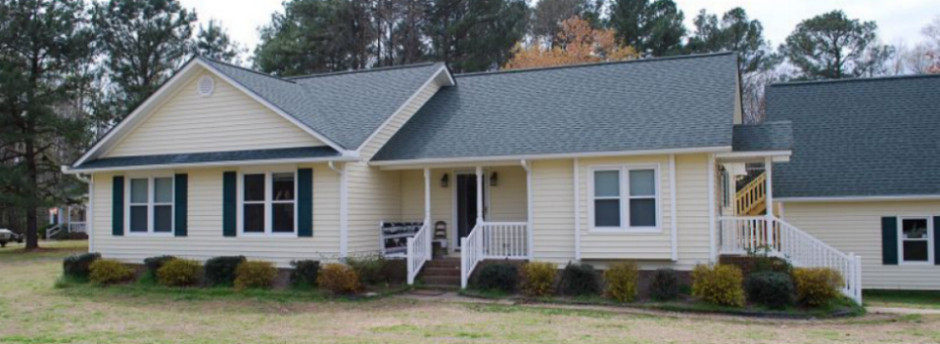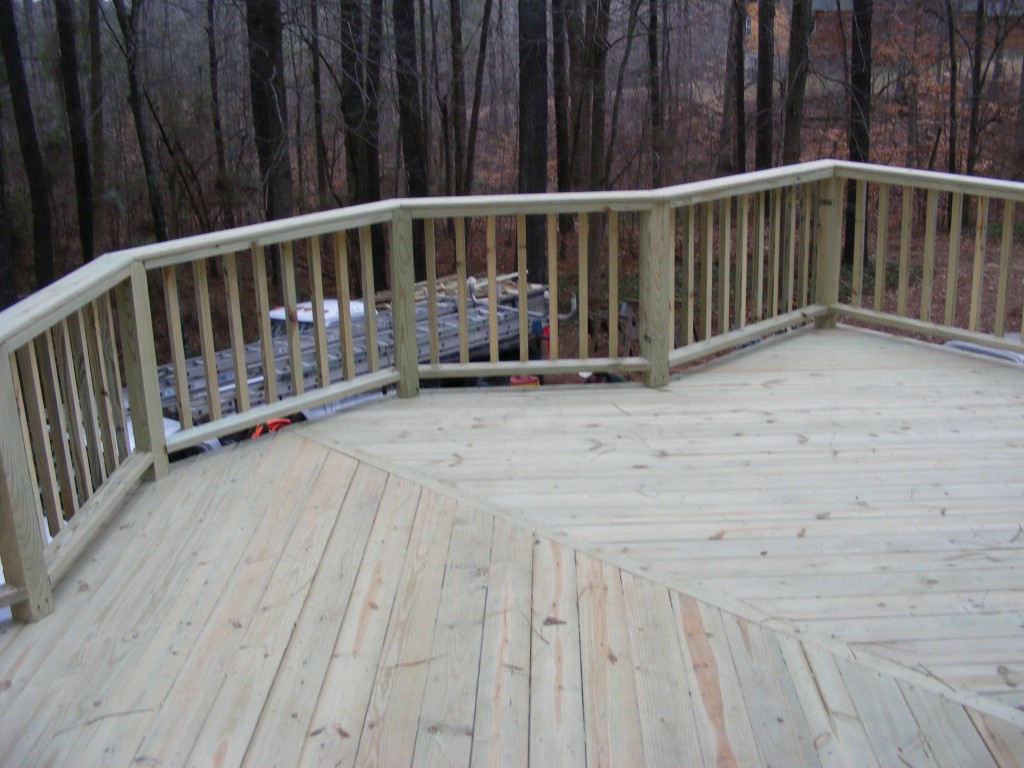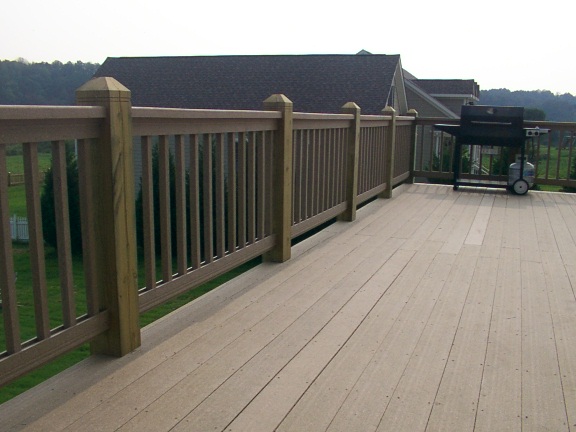Pressure Treated Wood
Pressure Treated Wood – Wood that has been infused, under pressure, with decay and insect inhibiting chemicals.
In 2003 the manufacturers of pressure treated wood entered into a voluntary agreement with the EPA to stop producing CCA (chromated copper arsenate) treated wood for residential applications. Since that time several other, presumably more environmentally friendly, compounds have been approved for the treatment process. ACQ (alkaline copper quaternary) and copper azole are among the most common treatments in use at this time. (source: EPA.gov)
The introduction of copper into pressure treated wood required a more careful choice of fasteners, connectors, flashing and wraps used with the wood. Galvanic corrosion, an electrochemical interaction between dissimilar metals, can result in rapid deterioration and subsequent failure of some types of fasteners and connectors. Aluminum trim coil (commonly used as part of vinyl siding installation projects) and aluminum flashing are especially vulnerable and can quickly corrode enough to allow water to penetrate into the areas they were intended to protect.
Building codes now prohibit the use of aluminum products in most applications where they would be in direct contact with treated wood. Strict guidelines also dictate the type of fasteners and connectors that may be used to secure treated wood.
Did you enjoy this post? Tell us what you think in the comments box below.
Want to see more?
Subscribe to our RSS feed or Subscribe by e-mail
Wood’s Home Maintenance Service offers solutions for a wide range of building, maintenance and repair needs. Give us a call or click the button below to contact us today for a free estimate.





